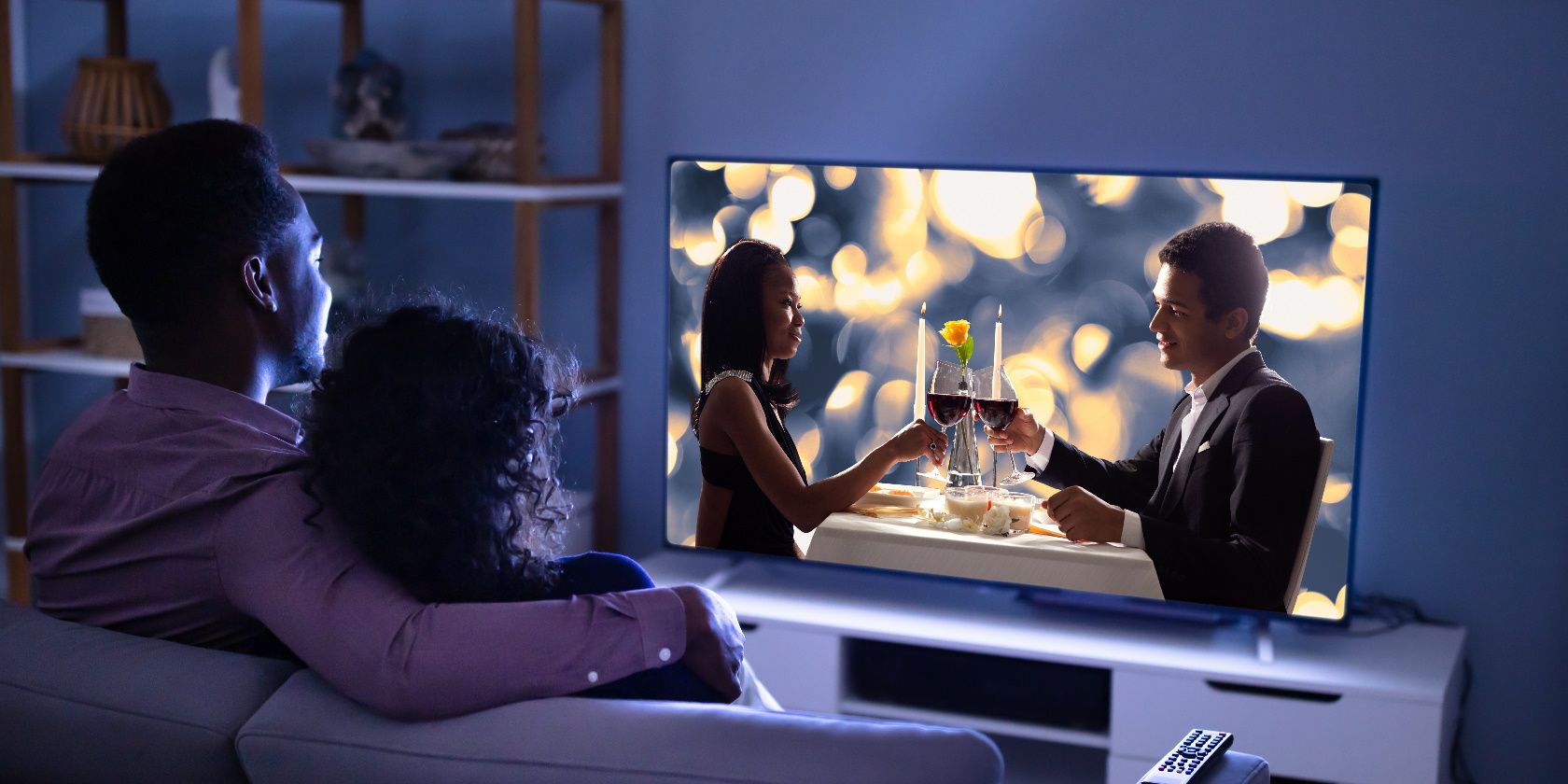Modern TVs are getting slimmer, so much so that there's barely any space left to house powerful speakers. Your TV might be big, bright, and colorful, but that shouldn't come at the expense of sound quality. This is when external sound systems such as soundbars come in handy.
And with Samsung's new audio technology Q-Symphony, you can take the experience to a whole new level. In this article, we'll explain what Samsung Q-Symphony is, how it works, how to set it up, and the devices it is compatible with.
What Is Samsung Q-Symphony? What Does It Do?
Q-Symphony is Samsung's high-end audio technology that allows compatible TVs and soundbars to play sound at the same time in sync. Simply put, instead of muting your TV speakers, this feature lets your soundbar use them to facilitate an enhanced surround sound experience.
In most modern TVs, speakers are at the back of the screen. But in Q-Symphony-enabled TVs, the speakers are placed on the top corners. When these are paired with your soundbar, the result is a more immersive audio experience.
Note that to enjoy this feature, both your TV and soundbar should support Q-symphony.
How to Set Up Samsung Q-Symphony
After making sure your TV and soundbar are compatible, go ahead and connect them via an HMDI cable or optical cable. Please note that there are different types of HDMI cables, so be careful as to which one your system uses.
Once done, follow the steps below:
- Press Source on your soundbar remote until you see "D.IN".
- On your TV, head to Settings > Sound > Sound Output and select TV + [AV] Soundbar.
- Toggle the setting as you see fit.
Which TVs and Soundbars Are Compatible With Samsung Q-Symphony?
| Year | TVs | Soundbars |
| 2020 |
|
|
| 2021 |
|
|
| 2022 |
|
|
If you happen to own compatible TV and soundbars, you'll be happy to know that Samsung is constantly working to improve Q-Symphony by adding new features and increasing the list of compatible devices.
In fact, at CES 2022, Samsung unveiled some impressive improvements to the technology. These include Dolby Atmos compatibility and an upgrade to an existing feature called SpaceFit Sound.
SpaceFit Sound scans your room's size and dimensions via the embedded microphones in your soundbar. Using the data collected, it then adjusts the sound profile of the soundbars, so everything is loud and clear.
Samsung also mentions that Q-Symphony will soon be able to synchronize external channel speakers with your TV and soundbar. This will maximize the audio output and create a theater-like listening experience at your home.
Get the Best Sound With Samsung Q-Symphony
The slimmer your TV, the less capable its built-in speakers will be. That's the unfortunate limitation of modern TVs and the reason why you require a soundbar. Usually, soundbars are installed at the foot of the TV, which makes audio sound unidirectional.
On top of that, soundbars work by muting the TV speakers, leaving them unused. But Samsung Q-Symphony puts both of these together to create a superior audio experience, so you can enjoy your favorite shows while being fully immersed in the action.

